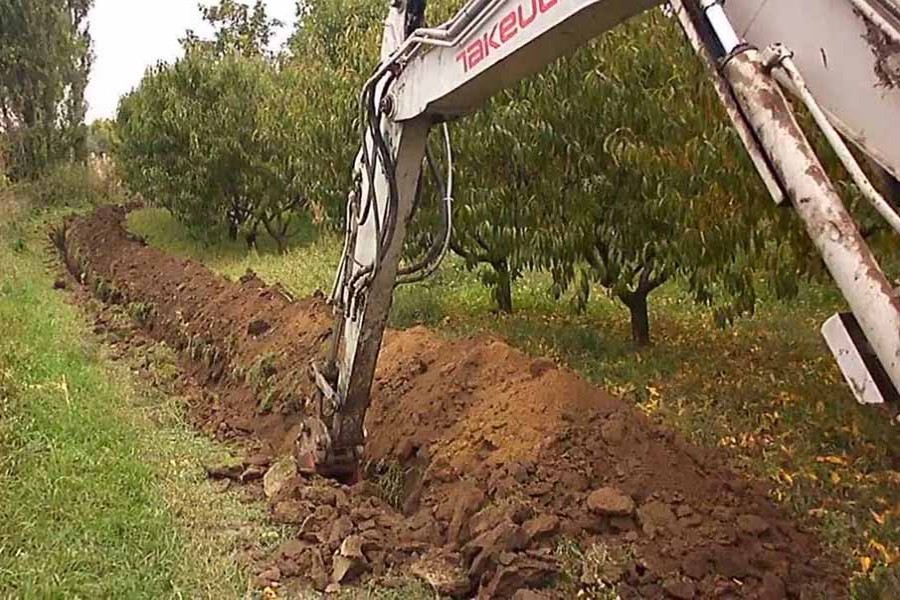How costs of public sector development projects soar in the process of their execution is illustrated by the request for an additional allocation from the Bangladesh Bridge Authority (BBA) for the ongoing Padma Bridge project. The recommendation made by the IMED (Implementation, Monitoring and Evaluation Division) in response to the request gives further credence to this. The BBA reportedly sought an additional fund worth Tk 14 billion to acquire nearly 1,200 hectares land for dumping spoils produced during the execution of various segments of earth work. The government had made an allocation of about Tk 13 billion in the original project for acquiring over 1,300 hectares of land for the purpose.
An on-the-spot visit by the IMED officials found the demand for additional allocation unnecessary and recommended fresh acquisition of less than 10 hectares of land; the location of the land would, according to the IMED officials' recommendation, also be different from that suggested by the project execution authority. An FE report quoting some project insiders said that instead of acquiring a substantial land area at a huge cost, spoils could easily be dumped on nearby government khas land and also on privately-owned low land. The private owners would be happy to allow dumping of sludge free of cost since the status of their land would be greatly improved after being filled up. All these available options were, allegedly, overlooked while seeking additional funds. What is more interesting is that a sizeable part of the land acquired with fund allocated earlier is yet to be officially brought under the ownership of the state.
There should be no obvious reason for the IMED to be particularly non-responsive to the BBA and also reject its request for acquisition of a large tract of land for sludge-dumping. It must have found strong, valid grounds for not acceding to the request for additional allocation of fund for the purpose. The phenomenon noticed in the case of the Padma Bridge project is nothing unique; identical requests have also been coming since long for many other development projects. Gross irregularities involving acquisition of land and disbursement of compensation money are suspected. Stories about how temporary structures are built overnight on land slated for acquisition for development projects only to pocket a hefty sum of money are aplenty. Project and local-level officials are allegedly involved in such unscrupulous activities.
Thus, land acquisition and compensation payments to the affected land owners have emerged as major sore points about execution of public sector development projects. The implementation of many projects is often delayed due to complexities involved in land acquisition. At times, the executing agencies are forced to revise upward the costs of projects because of escalating prices of land. It is also hard to rule out the possibilities of setting the requirement for land under different public sector development projects on the higher side with some ulterior motives.
Such a situation turns out to be quite disconcerting when considered in the context of the continuous decline in arable land across the country. So, the project executing agencies need to be particularly careful about the use of land for their projects. Here, the Planning Commission (PC) and the IMED have a vital role to play to save scarce resources like land and stop misappropriation of taxpayers' money through land acquisition for development projects.


